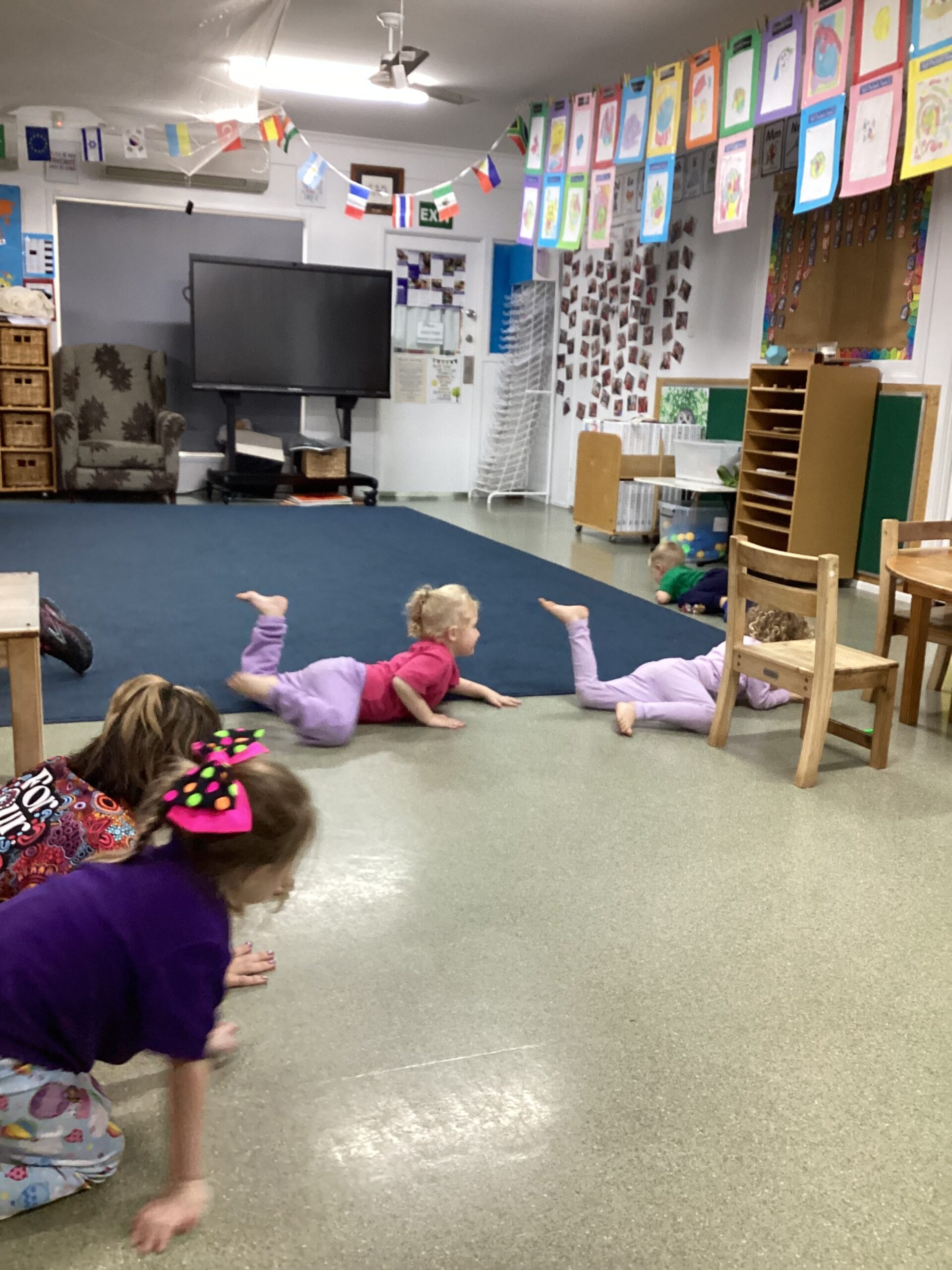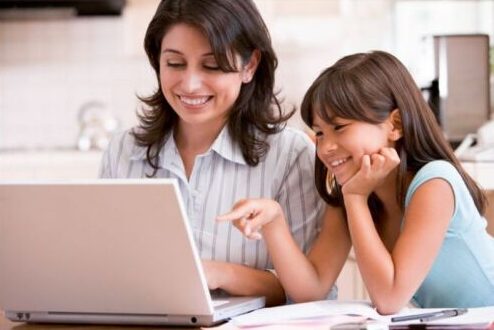The Australian 24-Hour Movement Guidelines provide the following recommendations for screen time for children [1] –
- Birth to 2 years – No screen time at all
- 2 to 5 years – Max 1 hour per day of “high-quality” programming
- 5 to 17 years – Max 2 hours per day
It’s important to note that the guidelines are as much about the benefits of physical activity, social interaction and sleep as they are about the risks of screen time per se. And the American Academy of Paediatrics make the following important point for parents who may be concerned that by following these guidelines their child may be missing out on the opportunity to master the digital tools that will become ubiquitous in their adult life – do not feel pressured to introduce technology early; interfaces are so intuitive that children will figure them out quickly once they start using them at home or in school. [2]
Why is it important to limit screen time?
There are benefits from screen technology – small amounts of screen time provide children the opportunity to connect to others and cultivate empathy, to develop their skills and interests, to be creative, providing opportunities for self-expression and to learn. And during the pandemic in particular there have been many reasons to be grateful for technology to keep children entertained and distracted. As will be discussed below, when it comes to screen time for children, it is important to be aware of the issue of “quality” as well as “quantity”.
For younger children in particular, too much screen time can be detrimental to development. Infants’ brains are undergoing rapid neurological development in the first three years of life especially (85% of brain architecture is believed to be formed in the first three years).
Children younger than 2 years need hands-on exploration and social interaction with trusted caregivers to develop their cognitive, language, motor, and social-emotional skills.
Too much screen time also impacts a child’s ability to visualise – because, with screens, the images are always there and therefore the child doesn’t get to create them themselves. Visualisation skills are vital for reading, writing, spelling, comprehension, and even maths.
The auditory system is also impacted. Because screens are such a visual medium the auditory system takes a back seat, it’s not getting stimulated.
In addition, the higher-order thinking skills and executive functions essential for school success, such as task persistence, impulse control, emotion regulation, and creative, flexible thinking, are best taught through unstructured and social (not digital) play, as well as responsive parent–child interactions.
More broadly, screen time is a sedentary activity – infants, toddlers and pre-schoolers should not be sedentary, restrained, or kept inactive for more than 1 hour at a time – with the exception of sleeping. They need to be kept active. Kids who spend long periods of time inactive are more likely to have poor physical, social and intellectual development. [3]
7 tips for getting the screen time balance right
1. Prioritise exercise and play
Don’t let screens displace sleep, exercise, play, reading aloud, and social interactions. Aim for regular “green time” – spending time in nature – which is highly beneficial for children’s well being, attention and ability to focus.
2. No screens during meals and for 1 hour before bedtime
You could also consider creating unplugged spaces in the home, where devices can’t be taken.
3. Quality matters
Seek out high quality programming such as Play School, Sesame Street and ABC Kids. There are organisations that can help you to review content suitability, such as www.commonsensemedia.org
4. Shared use
For children under 2 in particular, shared use between a parent and a child promotes enhanced learning and greater interaction. Actively engage in the co-viewing.
5. Encourage young children to switch the device off themselves
This one from Kristy Goodwin. Gives the child a sense of control [4]
6. Try audio books as an alternative
Audio books provide a good alternative to screens. Audio books develop a child’s ability to visualise, which is a vital skill for higher level learning. Have the child listen through speakers rather than headphones – this develops “spatial listening” which is how we listen every day, especially in the classroom.
7. Develop a Family Media Use Plan
Design a tailored media plan for your family. Include your children in the process.
The American Academy of Paediatrics have created a great planning tool for this purpose – available here:
https://www.healthychildren.org/English/media/Pages/default.aspx
Footnotes and further reading
[1] https://www1.health.gov.au/internet/main/publishing.nsf/Content/health-24-hours-phys-act-guidelines
[2] https://pediatrics.aappublications.org/content/138/5/e20162591
[3] https://www1.health.gov.au/internet/publications/publishing.nsf/Content/gug-indig-hb~inactivitiy
[4] We recommend Kristy Goodwin’s excellent book – Raising your child in a digital world – https://drkristygoodwin.com/book/













